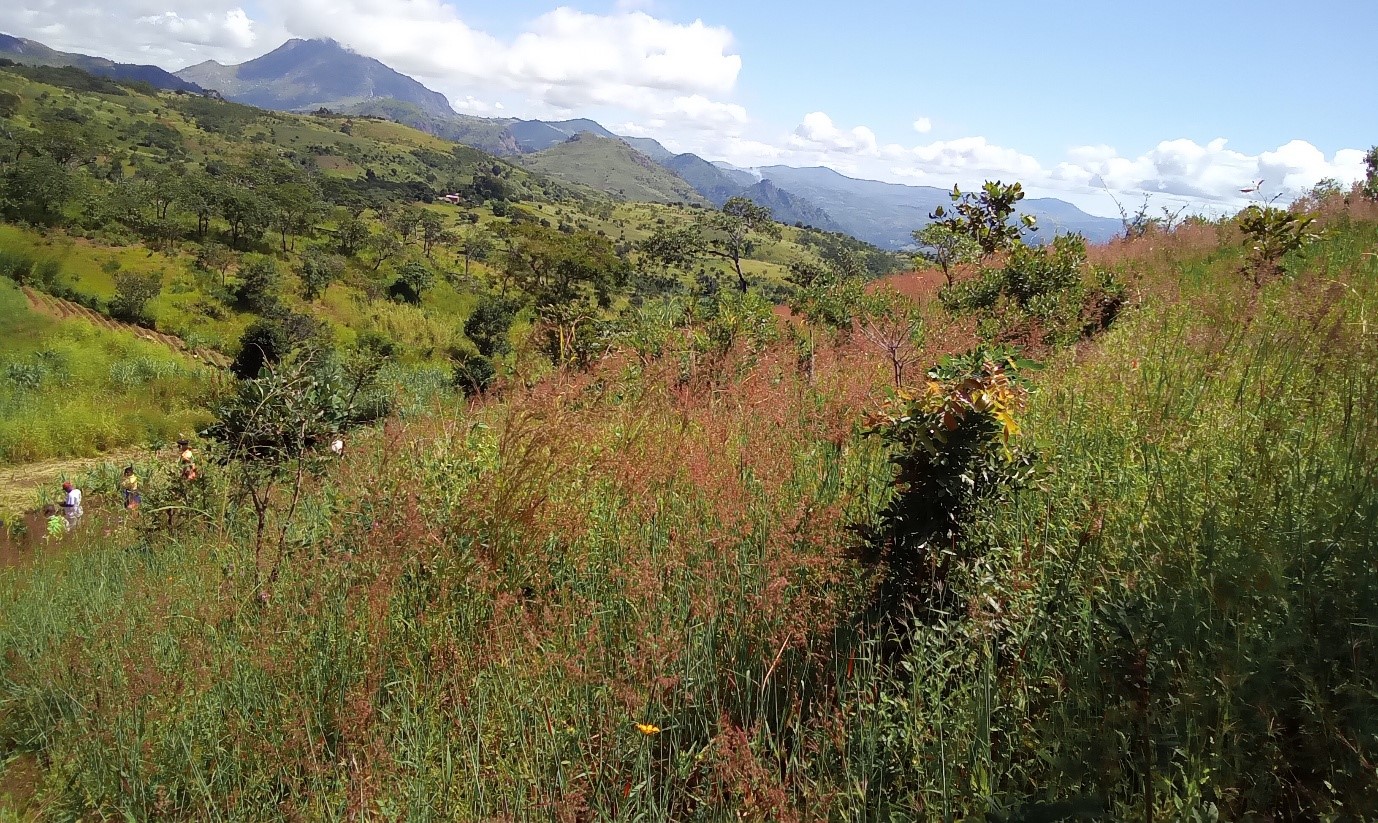Monitoreo y seguimiento.
El monitoreo y seguimiento del proyecto de enriquecimiento del bosque secundario es fundamental para el éxito de este, ya que la vegetación circundante a los árboles plantados podría afectar el crecimiento de los mismos y la vegetación del sotobosque de tipo enredadera podría dañar físicamente los árboles hasta afectarlos severamente.
Las actividades de mantenimiento consisten en eliminación de malezas circundantes a los árboles establecidos y verificar un buen acceso a iluminación natural para acelerar el crecimiento de estos. La limpieza de las franjas establecidas para los árboles plantados se realizará de forma manual a un ancho de uno o dos metros por toda la longitud de cada franja. Esta actividad se realizará cada dos meses en los 18 primeros meses.
En este proyecto se realizaron dos días de campo con los propietarios de las áreas de bosque, colegas ingenieros forestales, autoridades gubernamentales y académicas para presentar los resultados de la evaluación de los bosques secundarios, los resultados obtenidos y conocer la opinión de los propietarios de los bosques secundarios sobre la intensión mantener estas áreas bajo la cobertura actual y los beneficios de no realizar cambio de uso del suelo.
- Se asegura el éxito de las actividades ejecutadas.
- La iluminación a los árboles plantados es vital.
- Es importante divulgar las buenas experiencias para que sean replicadas.
- Es muy importante involucrar al propietario de la finca en las actividades porque él es quien va a continuar con el seguimiento del trabajo.
- La restauración es un proceso lento y de paciencia.
